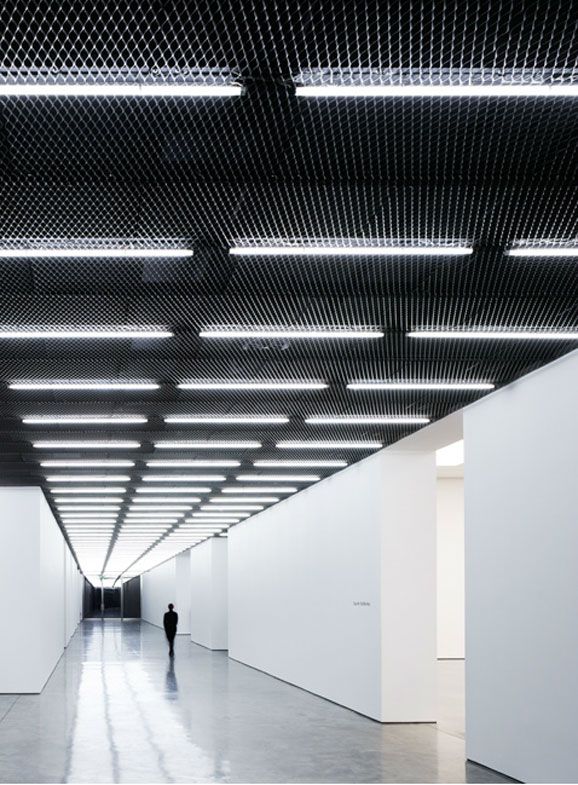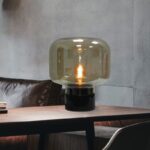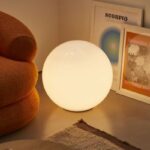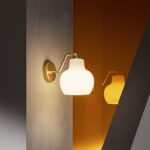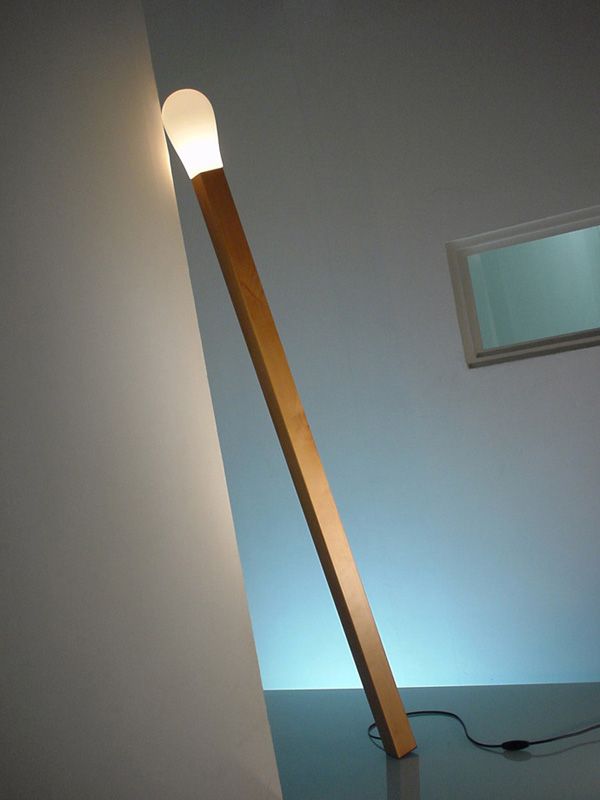
Fluorescent lighting is a type of artificial lighting that has been widely used in commercial, industrial, and residential settings for its energy efficiency and long lifespan. These lights work by passing an electric current through a tube filled with low-pressure mercury vapor and other gases, which then produce ultraviolet light. This ultraviolet light interacts with a phosphor coating on the inside of the tube, causing it to emit visible light. Fluorescent lights come in different shapes and sizes, including tubes, compact bulbs, and circular fixtures. They are known for their bright, cool, and consistent light output, making them ideal for spaces where good visibility is needed. Although fluorescent lights are more energy-efficient than traditional incandescent lights, they do have some downsides. They can flicker or take a moment to reach full brightness, and they contain small amounts of mercury which can be harmful if the bulbs are broken. Overall, fluorescent lighting remains a popular choice for many applications due to its energy efficiency, long lifespan, and bright light output.
Fluorescent lighting has become a popular choice for lighting in many homes and businesses due to its energy efficiency and long lifespan. These lights use less energy than traditional incandescent bulbs, saving on electricity bills and reducing carbon emissions. In addition, fluorescent bulbs can last up to 10 times longer than incandescent bulbs, making them a cost-effective option in the long run.
One of the key benefits of fluorescent lighting is its ability to produce bright, even light that is easy on the eyes. This type of lighting is ideal for task lighting in kitchens, offices, and workshops where clarity and visibility are important. Fluorescent bulbs are available in a range of colors and brightness levels, allowing users to customize their lighting to suit their needs.
Despite its many advantages, fluorescent lighting does have some drawbacks. One of the main complaints about fluorescent bulbs is their flickering, especially when they are first turned on. This flickering can be distracting and irritating to some people, particularly those who are sensitive to light. Additionally, fluorescent bulbs contain small amounts of mercury, which can be harmful to the environment if not disposed of properly. It is important to recycle fluorescent bulbs at the end of their lifespan to prevent mercury from leaching into the soil and water supply.
In conclusion, fluorescent lighting is a popular and energy-efficient lighting option that provides bright, even light for a variety of applications. While there are some drawbacks to using fluorescent bulbs, such as flickering and mercury content, these can be mitigated with proper installation and disposal practices. Overall, fluorescent lighting is a cost-effective and eco-friendly choice for those looking to brighten up their living or workspaces.
 Decor ideas Style Starts Here
Decor ideas Style Starts Here
